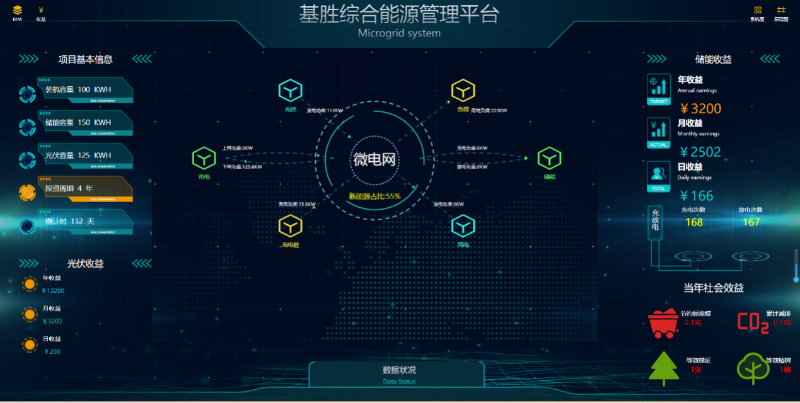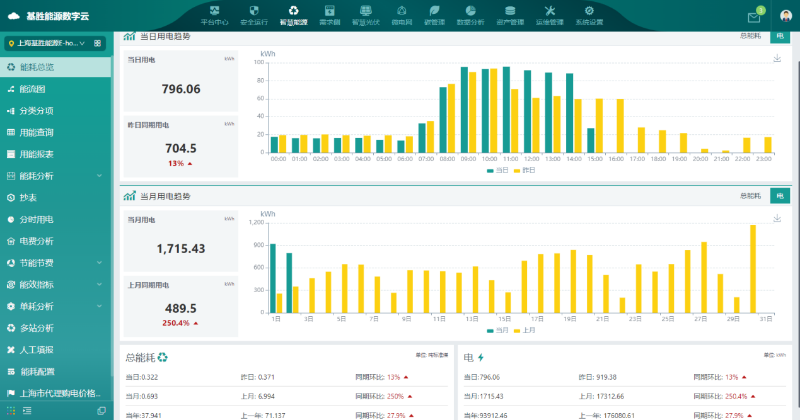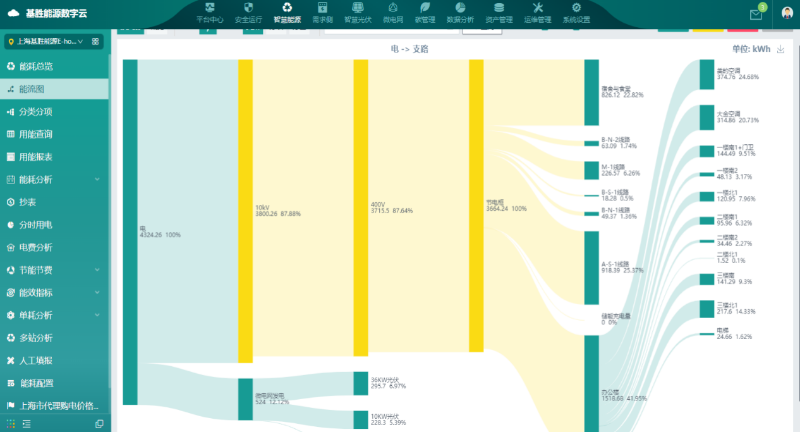2025-07-25
Under the global energy transition and the "Dual Carbon" goals (carbon peak and carbon neutrality), the limitations of traditional single-energy systems—such as high emissions and low efficiency—have become increasingly apparent. Meanwhile, the volatility of renewable energy (e.g., wind and solar), diverse user energy demands, and the complexity of energy supply-demand matching have driven the development of integrated energy systems.
These systems achieve end-to-end optimization of energy production, transmission, storage, and consumption by coupling electricity, heat, cooling, gas, and hydrogen through multi-energy complementarity and coordinated "source-grid-load-storage" integration.
Traditional operation models can no longer meet modern power plants' demands for refined management, low-carbon operation, and intelligent decision-making. Digital and intelligent upgrades for water systems not only enhance operational efficiency but also provide data support for subsequent process improvements and water-salt balance optimization, offering replicable case studies for the green transformation of the thermal power industry.
Typical Application Scenarios:
● Industrial Parks: Reduce energy costs and improve renewable energy utilization.
● Urban District Energy Systems: Build low-carbon communities and enhance supply reliability.
● Transportation & Buildings: Integrate PV, energy storage, and charging piles for "solar-storage-charging" synergy.
● Off-Grid Microgrids: Solve energy supply challenges in remote areas.

Infraswin Energy's Core Advantages
● Multi-Energy Synergy for Higher Efficiency
Break the silos of traditional energy systems. Through electricity-heat-cooling-gas coupling (e.g., waste heat recovery), overall efficiency exceeds 70% (vs. 40%–50% in conventional systems).
● High Renewable Energy Integration
Mitigate fluctuations in wind/PV generation via energy storage, flexible load adjustment, and hydrogen conversion, reducing curtailment.
● Cost Savings & Flexibility
Dynamically optimize energy structures using time-of-use pricing and demand response, cutting energy costs by 10%–30% for industrial/commercial users.
● Low-Carbon Transition
Enable fossil fuel substitution and system optimization (e.g., an industrial park project achieved 8,000 tons of annual CO₂ reduction).
● Enhanced Reliability & Resilience
Multi-energy ensures critical load stability during extreme weather or grid failures.


Digital Cloud Platform: Core Value
● For Energy Providers:
Transition from commodity sales (electricity/gas) to integrated services (efficiency management, carbon trading).
● For End Users:
Lower costs, improve supply quality, and meet sustainability goals (e.g., zero-carbon building certification).
● For Grids & Infrastructure:
Reduce peak-valley gaps, defer grid investments, and optimize asset utilization.
● For Society & Policy:
Accelerate the "Dual Carbon" agenda and strengthen energy security.
● Demand Response:
Automatically adjust interruptible loads or storage strategies based on price signals and load forecasting to reduce peak charges.